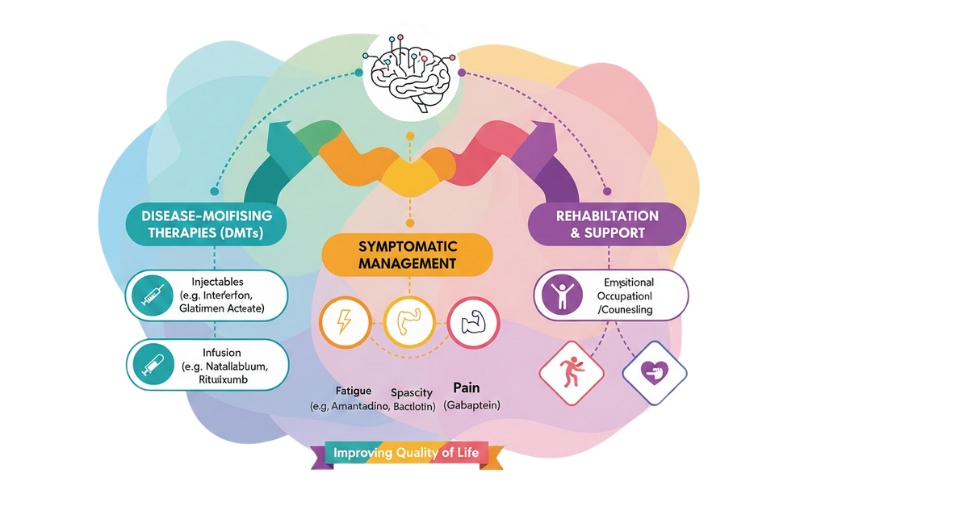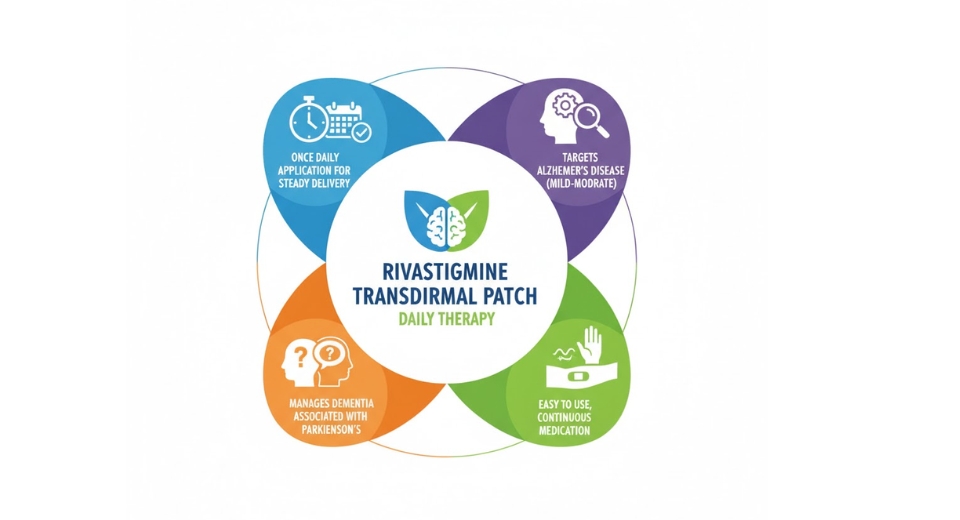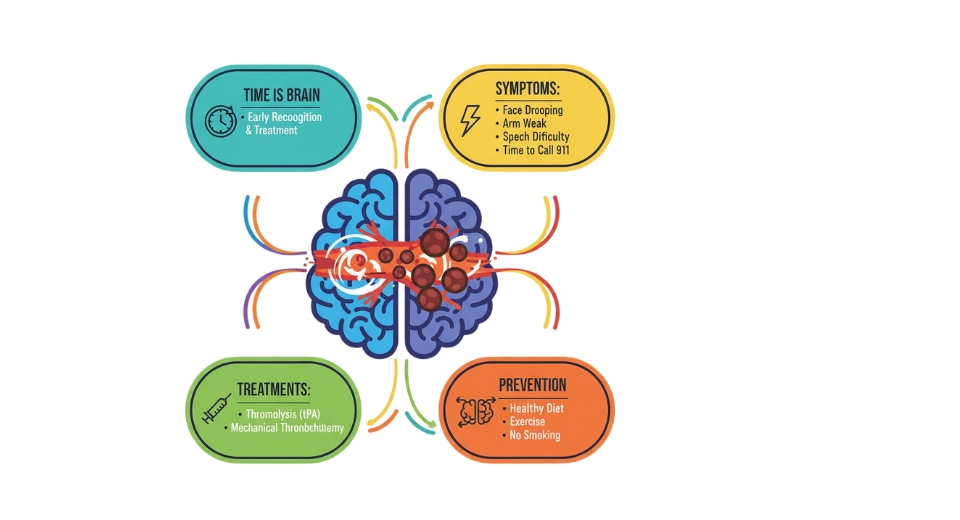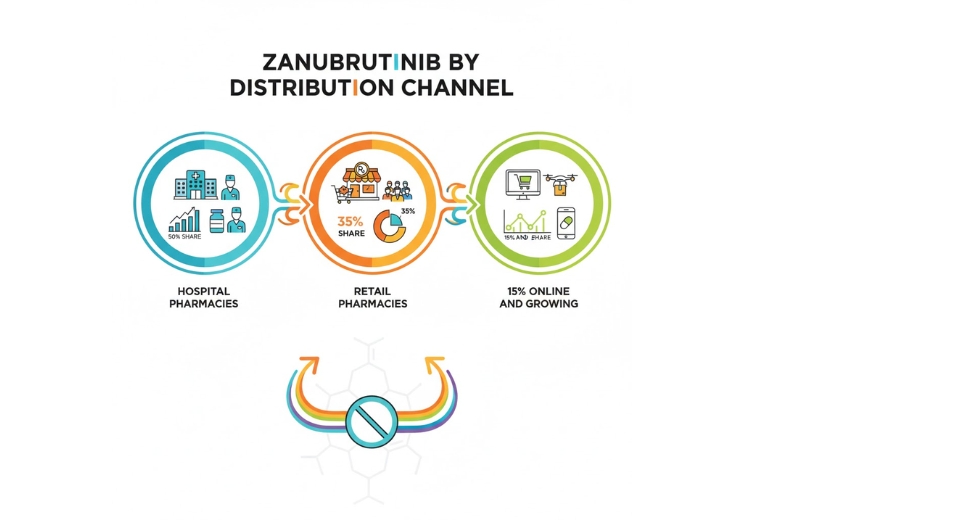Market Definition
BiPAP machine is a non-invasive therapy for patients suffering from sleep apnea, chronic obstructive pulmonary disease (COPD), asthma, and others. BiPAP machine provides pressurized air through a mask to the patient's airways. The air pressure helps the throat muscles from collapsing and reducing obstructions. BiPAPs can also be helpful for cardiopulmonary disorders such as congestive heart failure.
Global BiPAP machines market is estimated to reach $XX million by 2026; growing at a CAGR of XX% till 2026.
Market Dynamics
Rising prevalence of COPD, asthma, sleep apnea and other respiratory diseases is a key driving factor of the market. According to the World Health Organization (WHO), globally, there are more than 251 million cases of COPD in 2018. Globally, 3.17 million died due to COPD in 2018. More than 90% of COPD deaths occur in low and middle-income countries. According to the World Health Organization (WHO), in 2019, more than 339 million people are living with asthma, with 80% of deaths occur in low and lower middle-income countries. According to the World Health Organization (WHO), in 2018, more than 936 million are affected by sleep apnoea globally. In 2018, more than 175 million people in Europe had sleep apnoea. BiPap help to improve breathing problem. BiPap are used for the following conditions such as chronic obstructive pulmonary disorder (COPD), obstructive sleep apnea, asthma, obesity hypoventilation syndrome, pneumonia, poor breathing after an operation, and others. However, the side effects of the BiPAP machines might hamper market growth. The most common side effects of BiPAP therapy are the dry nose, nasal congestion, rhinitis, general discomfort, claustrophobia and in some most serious cases worsening lung function or injury. Moreover, government initiatives and support for respiratory devices that aid breathing would provide lucrative opportunities for the market in the coming years.
Market Segmentation
The global BiPAP machines market is mainly classified based on type, application, and end user. Type is further segmented into Auto BiPAP and BiPAP ST. By application, the market is divided into Chronic Obstructive Pulmonary Disease (COPD), Sleep Apnea, Asthma, and Others. By end user, the market is further divided into Hospitals, Ambulatory Surgical Centers, and Home Care.
Based on application sleep apnea was dominating the global BiPAP machines market in 2019, owing to the rising number of patients using breathing aid for sleep apnea, research and development activities to develop BiPAP machines for sleep apnea, and commercialization of new BiPAP machines for sleep apnea. For instance, Medequip Healthcare Solutions, manufacturer and importer of healthcare products, has introduced Hypnus Oxymed CPAP and BiPAP devices for sleep apnea therapy. Hypnus Oxymed automatically adjusts supply pressure to provide natural breathing. Hypnus Oxymed monitors the patients breathing to ensure effective exhalation and inhalation using an algorithm.
Regional Analysis
Based on geography, the global BiPAP machines market is divided into North America, Europe, Asia-Pacific, South America, and Middle East & Africa. North America is further divided in the U.S., Canada, and Mexico, whereas Europe consists of the UK, Germany, France, Italy, and Rest of Europe. Asia-Pacific is segmented into India, China, Japan, South Korea, and Rest of Asia-Pacific. The South America region includes Brazil, Argentina, and the Rest of South America, while the Middle East & Africa is categorized into GCC Countries, Egypt, South Africa, and Rest of Middle East & Africa.
North America was dominating the global BiPAP machines market in 2019, due to the commercialization of new BiPAP machines and partnership between companies to distribute BiPAP machines at the global scale and rising incidents of sleep apnea in North American countries. For instance, According to the National Sleep Foundation, 50-70 million US adults have a sleep disorder and obstructive sleep apnea. In 2018, an estimate of 22 million Americans suffered from moderate to severe sleep apnea. According to the Public Health Agency of Canada, more than 5.4 million Canadian adults have obstructive sleep apnea.
Competitive landscape
Key players operating in the BiPAP machines industry include ResMed, Philips, DeVilbiss Healthcare, Lowenstein Medical, 3B Medical, Hunan Beyond Medical, Respro India, and Nanotronics Imaging.
The increasing regulatory approval for BiPAP machines, the partnership between companies to develop and distribute BiPAP machines at the global scale, increasing studies on BiPAP machines by the companies, and commercialization of new BiPAP machines are some of the strategies adopted by the major companies. For instance, on June 11, 2020, Nanotronics has introduced nHale, a bi-level positive air pressure (BIPAP) device to support breathing adults weighing over 30 kg. The device has received Emergency Use Authorization (EUA) from the U.S. Food & Drug Administration (FDA) to assist patients suffering from COVID-19 disease. nHale is a noninvasive approach designed for patients in need of breathing assistance.
BiPAP Machines Market Key Segments:
By Type
- Auto BiPAP
- BiPAP ST
By Application
- Chronic Obstructive Pulmonary Disease (COPD)
- Sleep Apnea
- Asthma
- Others
By End User
- Hospitals
- Ambulatory Surgical Centers
- Home Care
Key Global BiPAP Machines Industry Players
- ResMed
- Philips
- DeVilbiss Healthcare
- Lowenstein Medical
- 3B Medical
- Hunan Beyond Medical
- Respro India
- Nanotronics Imaging
What Report Provides
- Full in-depth analysis of the parent Industry
- Important changes in market and its dynamics
- Segmentation details of the market
- Former, on-going, and projected market analysis in terms of volume and value
- Assessment of niche industry developments
- Market share analysis
- Key strategies of major players
- Emerging segments and regional growth potential








 US: +1 3023308252
US: +1 3023308252






